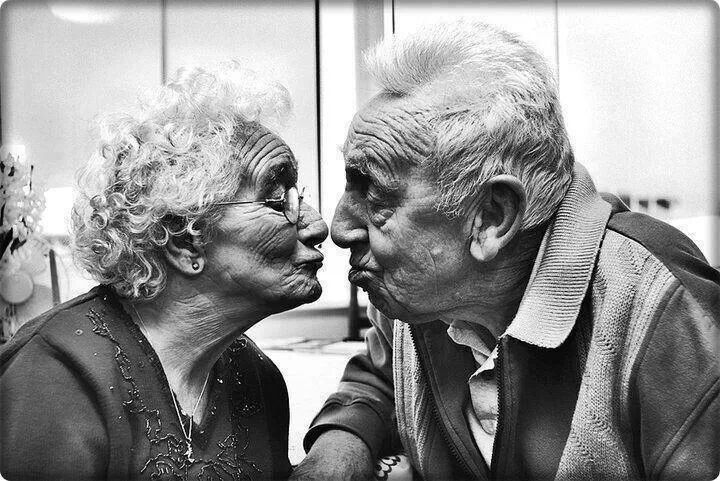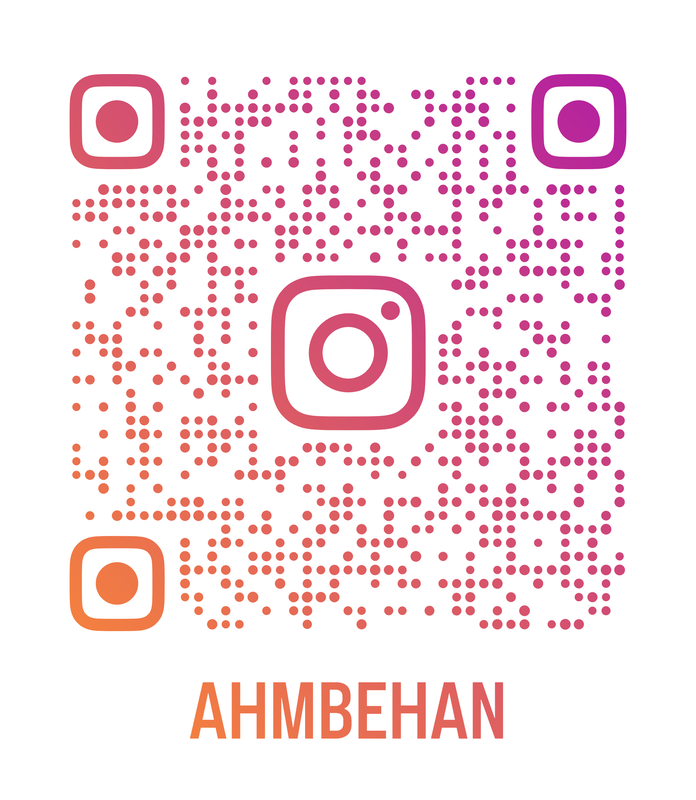|
This article offers insight on how to co-create true love in your romantic relationship Created by Harville Hendrix in the late 1970s and popularized in his bestselling 1988 book Getting the Love You Want: A Guide for Couples (Hendrix & Hunt, 1988), Imago theory suggests that couples unconsciously attract partners who reflect unmet needs from childhood, and that this allows for the healing of childhoods hurts; the feeling of not being loved the way we needed to be, or not having the safety and security we needed at the time, or losing the innate sense of joy and aliveness that we were born with, and through healing, re-discovering our true selves and a feeling of joyful aliveness that may have been lost. When a relationship forms and romantic love develops, the feeling of ‘being in love’ can become all consuming. This is because the brain releases the stimulant phenylethylamine which leads to feelings of euphoria and elation (Marazziti & Canale, 2004; Savulescu & Sandberg, 2008). Also known as the infatuation phase, the chemical ‘high’ experienced during this relationship phase can lead a person to idealise the other, so that only the positive aspects of the person are seen, and there is a failure to see their flaws, also known as the ‘Halo effect’. With this ‘perfect’ person, you feel safe, secure and so in love, and with this, a feeling of joy and aliveness is experienced. As a result, you believe you have found what you were looking for, or what was missing in your life, and now everything in your life is okay, until it isn’t. When the infatuation phase is met with reality and the real person, flaws and all, come into view, the relationship meets its first struggles, or it breaks. For couples that remain together, either the challenges are worked through, allowing the couple to move towards true love, or the couple remain together in a state of discontented acceptance. To live in ‘true love’ there first needs to be self-love, which means knowing yourself and your values, and allowing your true wants, hobbies, hopes, dreams, friendships, and your music and movie choices to co-exist with those of your partners. This can trigger certain fears:
Essentially, the fear of loosing the feeling is safety, security, love and joyful aliveness that was so needed and wanted comes through individual lenses of fear, causing a person to repress themselves, avoid what brings them happiness, limit themselves, or to avoid open and difficult conversations. This scenario does not paint the picture of a couple living in love, but a couple living in fear. To live in true love, fear needs to be worked through, and the pains and hurts of childhood healed. Healing childhood wounds In childhood, when our caretakers are attuned to our wants and needs, ready and able to provide warmth safety and sustenance, our feelings of aliveness and well-being are sustained and we remain whole. However, when, albeit it with the best of intentions and all the strength of heart, parents are just not able to maintain the level of care and support a child needs all of the time, that child may learn that their needs and feelings of love, safety or security cannot be met. As a response, children adopt primitive coping mechanisms ranging from constant crying to get attention, to withdrawing inward and denying personal needs. At the same time, the wider world teaches children how they ‘should’ be, in order to be loved and accepted, moulding children into a way of being that often results in the suppression of those parts of the self that are perceived to be unacceptable or unlovable. This is the beginning of suppression of self, and so of love, rather than allowing the true and authentic self to live and to thrive. This results in feelings of insecurity, anxiety, depression, unhappiness, lack of core connection with self, emotional suppression, and in many cases the development of more unhealthy coping mechanisms that become necessary in order to maintain suppression or the avoidance of pain, fear, and anxiety. When we fall in love, we believe that we’ve found or re-discovered that missing sense of joyful aliveness, and that we have found true selves because in the felt sense of safety and security in this ‘love’ we allow are true and full self to be present. When the ‘halo’ effect wears off and reality sets in, we begin to learn more about each other, we discover things we do not like or want, and then it dawns on us that our partners cannot give us the love and care we hoped for. It as at this point that, according to Imago theory, we begin to experience the same relationship patterns with our partner as we had with our caregivers, and with this, old wounds are touched and re-opened. Fearful of loosing the sense of joy and aliveness, and the love and security we felt while ‘in love, this can see some people regressing to childhood patterns of behaviour; crying, shouting, criticising or withdrawing, behaviour patterns that sometimes result in the manifesting the fear of loss. This is the moment that brings opportunity for healing and growth towards true love. When we can understand that, at some level, we have chosen our partners to heal certain painful experiences, and that the healing of those experiences is the key to the end of longing, the first step on the path to living in true love is taken. The next step is to bring the subconscious behaviour patterns, fear triggers and childhood hurts into view, and to initiate the healing process, which means moving through emotional blocks, embracing feelings and emotions, learning healthy coping skills, and cultivating self-acceptance, faith in self, respect and value of self, and self-confidence, so that the love, safety and security grows from within. Once attained, a person begins to feel whole and alive again, and a return to happiness is experienced. How to be together in true love True love blossoms when the couple work together from this individual place of security and love, to love and care for each other. Consciously giving the other person what they need is a choice of love, and when we consciously give our partners what they need, and what is hard for us to give, such as empathy or acceptance, we are forced to see and allow our whole self; we embrace and own and enliven ourselves, and so we begin to heal, together. For some, this process can feel like loosing the self. What is actually happening, is that defences are coming down, hearts are softening, and a person is simply allowing more of themselves to be; they are not losing themselves, they are re-discovering themselves; they are being re-born. From this opening of hearts, true love blossoms and the couple and continue to live and grow in love, together. It is only by daring bravely to be our authentic selves with each other, giving each other what each person needs, that it becomes possible to fully love, because it is only in authenticity that we are able to allow a true and full connection with ourselves and another person. When the heart is open and true, we move into a place of peaceful connection. Now the couple can grow together as in-dependent, rather than co-dependent people, living in love, not out of any need for each other but with a strong and authentic want to be together, because this brings you both true happiness
0 Comments
Leave a Reply. |
Follow me on Instagram
Archives
July 2024
|
Copyright Antonia Behan 2024. All rights reserved.
Based in Gibraltar and Spain
Sotogrande 11310, San Roque, Cadiz, Spain
Grand Ocean Plaza, Ocean Village, Gibraltar GX11 1AA
Based in Gibraltar and Spain
Sotogrande 11310, San Roque, Cadiz, Spain
Grand Ocean Plaza, Ocean Village, Gibraltar GX11 1AA



 RSS Feed
RSS Feed